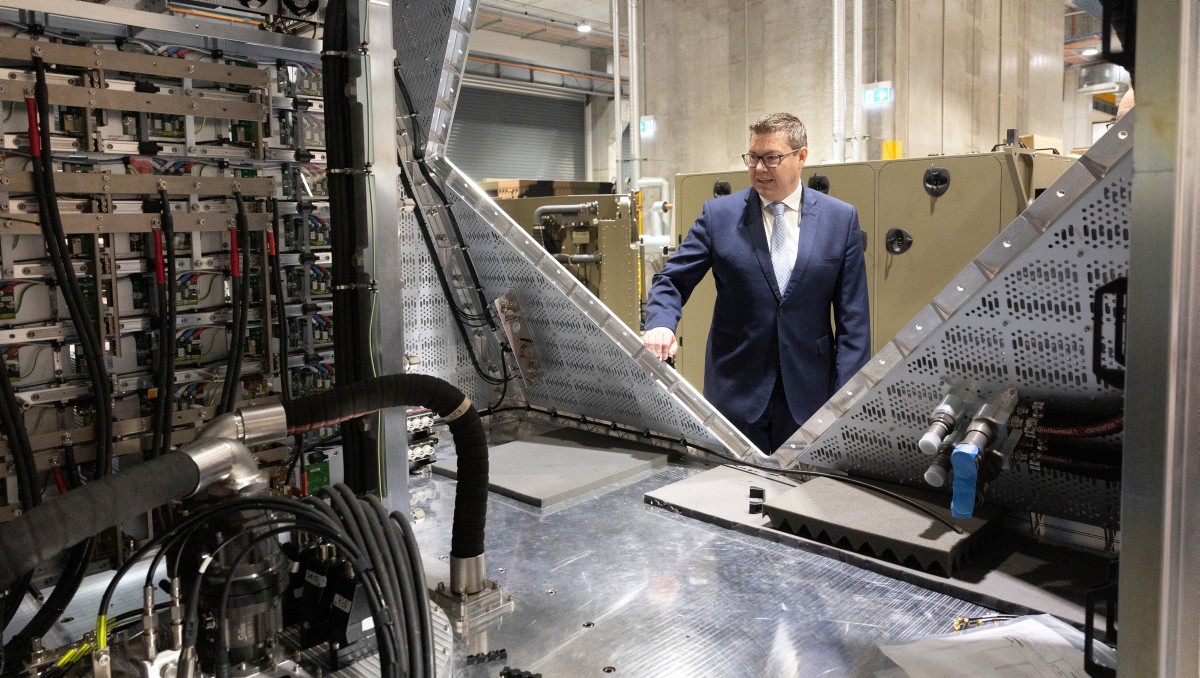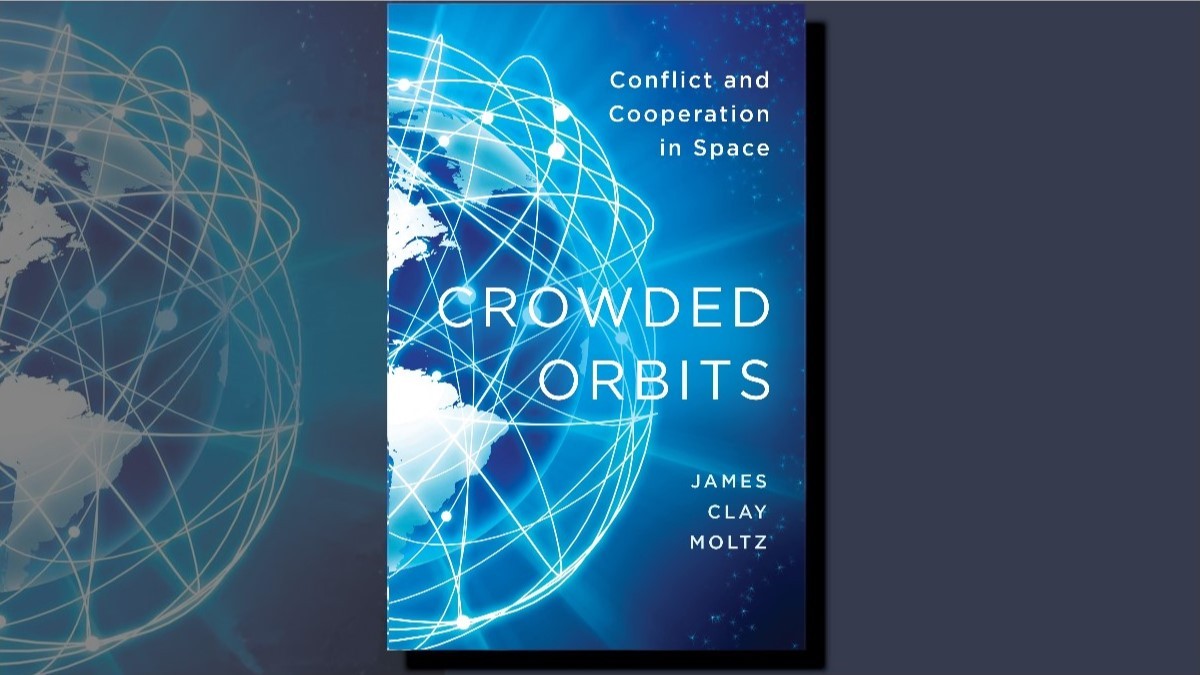The Capacity of the Australian Army to Conduct and Sustain Land Force Operations
The Australian Army must be prepared to conduct land force operations throughout the spectrum of conflict. These land force operations are simplified into two main categories: warfighting (combat operations) and military support (peace and support operations). The fluidity of the strategic environment puts a premium on the Army's ability to be a flexible and agile organisation if it is to retain its effectiveness. To be flexible and agile, the Australian Army needs to develop and maintain a high level of warfighting capability, while retaining the ability to apply itself to military support operations. A mark of the Army's flexibility is its ability to offer the Government as broad a range of Military Response Options as possible to meet future national-security challenges.
The Army is structured for war and yet, of necessity, adapted for peace. This approach recognises that a balance must be struck between the immediate, mostly military support operations needs of today, and the potential warfighting possibilities of the future. This balance is difficult to achieve given current funding levels, the array of current and future tasks, and uncertain strategic circumstances.
In April 1999 the Minister for Defence requested that the Joint Standing Committee on Foreign Affairs, Defence and Trade investigate and report into the suitability of the Army to fulfil its role in peacetime, peacekeeping and war. This parliamentary inquiry provides the Army with a unique opportunity to the raise awareness of the expanding role of land forces and the integral role they have in support of Australia's military strategies.
This paper is the conceptual and intellectual basis for the Army's Submission. It includes several aspects that do not appear in the formal Army Submission. The aim of this paper is to discuss the capacity of the Australian Army to conduct and sustain land force operations. Five areas are examined. First, the paper discusses the nature of military power, the four key functions of military capabilities, and the utility of land forces. Second, the requirements demanded of the Australian Army are examined. Third, the paper analyses, and makes general assessments on, the Army's ability to meet these requirements. Fourth, the paper looks to the future: the nature of future conflict; the Army's approach to modernisation; the Restructuring of the Australian Army initiative; and the Army's plans for the exploitation of technology. The paper concludes by identifying the critical issues confronting the Australian Army and comments on how they are being addressed.
The paper makes the crucial point that the Army currently provides a range of options to Government, although significant capability limitations exist in critical areas such as the sustainment of operations and the ability to participate in mid to high-level conflict. The paper stresses that the capacity to provide Military Response Options to Government will degrade over time unless funding is increased.
| Attachment | Size |
|---|---|
| 106-the_capacity_of_the_australian_army_to_conduct_and_sustain_land_force_operations_g_de_somer.pdf (2.1 MB) | 2.1 MB |
Publication Date



